Inter-stellxr-blog - Lost Among The Stars

More Posts from Inter-stellxr-blog and Others

One Last Look At The Space Shuttle Endeavour’s Cockpit Before It’s Shut Down Forever

The forward bulkhead and tunnel for Exploration Mission 1 undergoing paint priming, October 9, 2015. The EM-1 Orion capsule is being fabricated at the Michoud Assembly Facility in New Orleans, Louisiana. Seven major components are welded together to create the capsule’s pressure vessel. It then gets shipped to Kennedy Space Center in Florida where it undergoes final assembly and outfitting of key systems.







A Reddit user captured several phenomenal photos of the solar eclipse, from the cockpit of an airplane.
What’s Up for October?

This month is filled with exciting celestial sights. Here are 10 targets you can view this month:
10. Unusual Sunset

During a sunset, our thick atmosphere absorbs most colors of sunlight, but red light is absorbed the least. Rarely, green flashes can be seen just above the sun’s edge. As the last sliver of the disk disappears below the horizon, be sure to watch its color.
9. Belt of Venus

Just after sunset, turn around and face east. A dark shadow will move up from the horizon and gradually cover the pinkish sky. This is caused from the Earth itself blocking the sunlight and is called the Earth Shadow or the Belt of Venus.
8. Crepuscular Rays

Also just after sunset, or before dawn, you may see rays of sunlight spread like a fan. These are called crepuscular rays and are formed when sunlight streams through gaps in the clouds or mountains.
7. Aurora Borealis

The northern lights, also known as the aurora borealis, are caused by collisions between gaseous particles in Earth’s atmosphere and charged particles released from the sun. The color of the lights can changed depending on the type of gas being struck by particles of solar wind. You can find out when and where to expect aurorae at the Space Weather Prediction Center.
6. Andromeda Galaxy

Did you now that The Andromeda Galaxy is one of the few you can actually see with your naked eye? In October, look nearly overhead after sunset to see it! This galaxy is more than twice the apparent width of the moon.
5. Moon Features

Nights in mid-October are excellent for viewing the features on the moon. Areas like the Sea of Tranquility and the site of the 1969 Apollo 11 landing will be visible.
4. A Comet

This month, the European Space Agency’s Rosetta mission target, a comet with a complicated name (Comet 67P Churyumov-Gerasimenko), is still bright enough for experienced astronomers to pick out in a dark sky. On October 9, you may be able to spot it in the east near the crescent moon and Venus.
3. Meteor Showers

There are multiple meteor showers this month. On the 9th: watch the faint, slow-moving Draconids. On the 10th: catch the slow, super-bright Taurids. And on the 21st: don’t’ miss the swift and bright Orionids from the dust of Comet Halley.
2. Three Close Planets

On October 28, you’ll find a tight grouping of Jupiter, Venus and Mars in the eastern sky before sunrise.
1. Zodiacal Light

The Zodiacal light is a faint triangular glow that can be seen from a dark sky after sunset or before sunrise. What you’re seeing is sunlight reflecting off dust grains that circle the sun in the inner solar system. These dust grains travel in the same plane as the moon and planets as they journey across our sky.
For more stargazing tools visit: Star Tool Box
Make sure to follow us on Tumblr for your regular dose of space: http://nasa.tumblr.com

There’s been a rather startling decision today amongst the SETI (search for extraterrestrial intelligence) researchers.
Seth Shostak, senior astronomer at the SETI Institute, announced to his peers at a conference today that it’s time to begin what’s known as ‘active SETI’.
This is when we actively broadcast and effectively ‘alert’ potential neighbors to our presence.
Needless to say, this was a very polarizing conference.
People from Stephen Hawking all the way to science fiction writer David Brin have spoken out against broadcasting our presence into interstellar space.
They both have made comparisons to what happened when industrial civilizations first encountered indigenous peoples. Things never went well for the locals.
David Brin spoke at the conference and said, “The arrogance of shouting into the cosmos without any proper risk assessment defies belief. It is a course that would put our grandchildren at risk.”
I was initially sidelined by the idea. SETI Institute has never broadcasted into space in an attempt to make humanity’s presence obvious to alien observers. I hadn’t therefore really considered the topic much and shared the same worries as David Brin initially.
In my opinion though Dr. Shostak put an end to that worry:
“I don’t see why the aliens would have any incentive to do that.
Beyond that, we have been telling them willy-nilly that we are here for 70 years now. They are not very interesting messages but the early TV broadcasts, the early radio, the radar from the Second World War - all that has leaked off the Earth.
Any society that could come here and ruin our whole day by incinerating the planet already knows we are here.”
The point is if there’s a hostile and capable alien presence nearby, they would already know about us. The technology required to get to Earth even from the nearest star system is far more advanced than anything we can even dream up at the moment. Detecting our presence at that point is a cake walk.
Active SETI, would be a redundant risk as we’re clearly visible to those significantly advanced civilizations already (if there are any). That we’re here at all still suggests there are none.
To any nearby neighbors stuck on their home planets or solar systems, we are now going to be actively broadcasting messages.
The search is on.
Read more about today’s meeting at BBC World News.
(Image credit: ESO)

Rocket engine exhaust often contains a distinctive pattern known as shock diamonds or Mach diamonds. These are a series of shock waves and expansion fans that increase and decrease, respectively, the supersonic exhaust gases’ pressure until it equalizes with atmospheric pressure. The bright glowing spots visible to the naked eye are caused by excess fuel in the exhaust igniting. As awesome as shock diamonds look, they’re actually an indication of inefficiencies in the rocket: first, because the exhaust is over- or underexpanded, and second, because combustion inside the engine is incomplete. Both factors reduce a rocket engine’s efficiency (and both are, to some extent, inescapable). (Photo credit: XCOR)
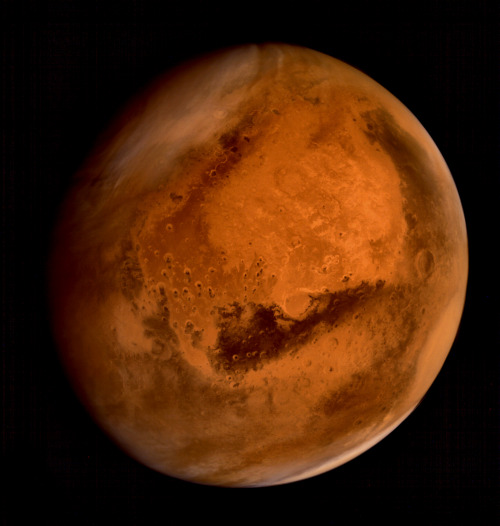
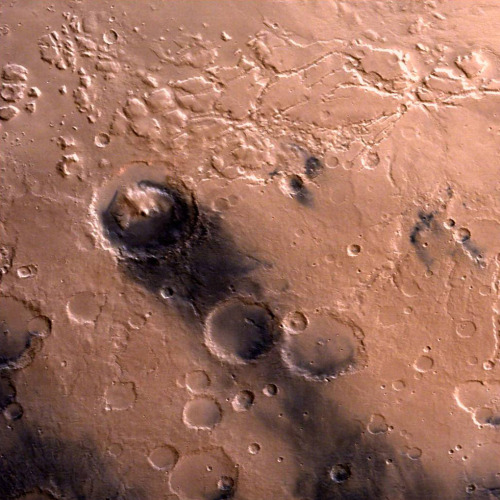

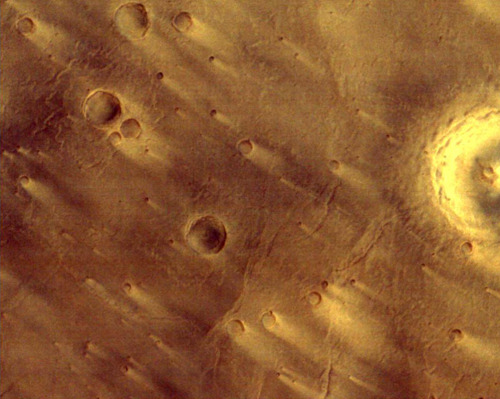
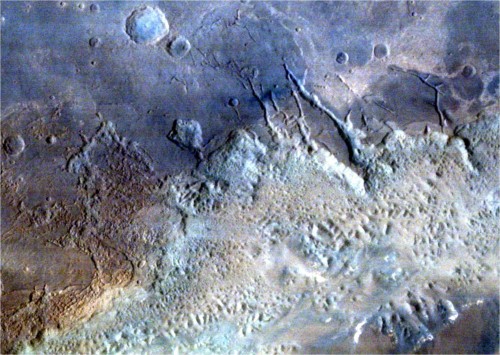
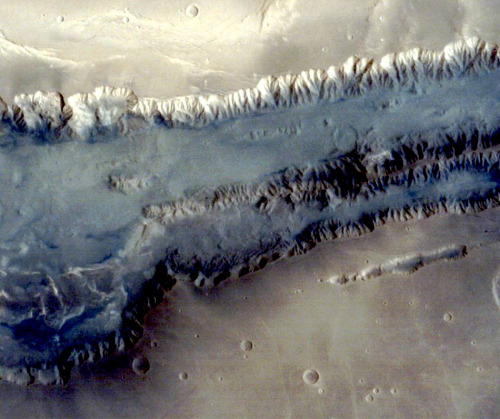

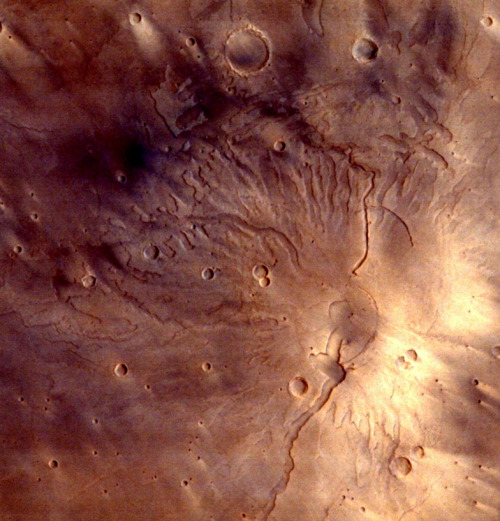
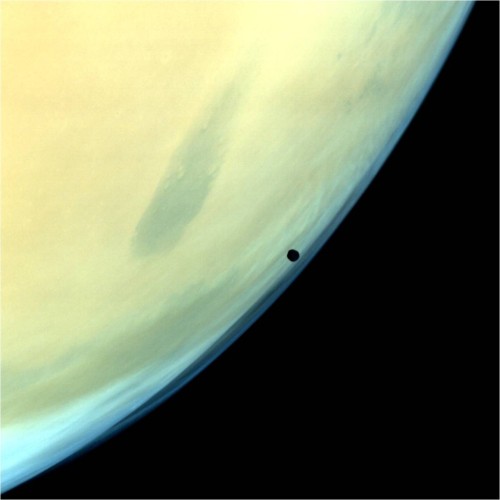
Photographs of Mars taken by the Indian Mars Orbiter Mission, which has been orbiting the planet since September 2014. Can you imagine our descendants colonizing this world?
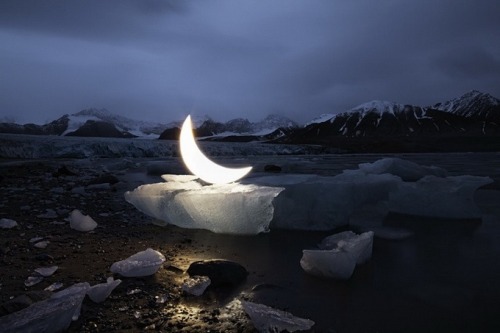



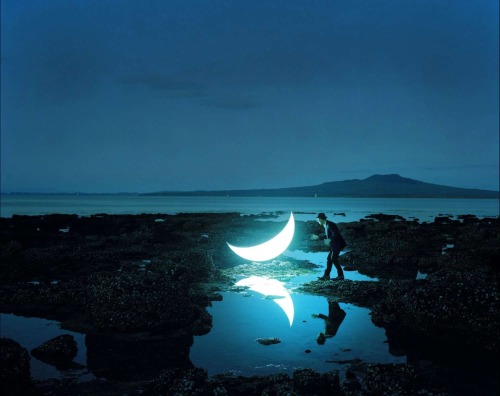
Mondays lmao @rasinblazin
-
 simply-natalie reblogged this · 2 years ago
simply-natalie reblogged this · 2 years ago -
 justwanttobefound reblogged this · 2 years ago
justwanttobefound reblogged this · 2 years ago -
 mirn0906 reblogged this · 6 years ago
mirn0906 reblogged this · 6 years ago -
 justwanttobefound liked this · 7 years ago
justwanttobefound liked this · 7 years ago -
 malefica67 liked this · 7 years ago
malefica67 liked this · 7 years ago -
 jdotd liked this · 7 years ago
jdotd liked this · 7 years ago -
 abusingsss-blog reblogged this · 7 years ago
abusingsss-blog reblogged this · 7 years ago -
 farm-bred liked this · 7 years ago
farm-bred liked this · 7 years ago -
 e-l-i-a reblogged this · 7 years ago
e-l-i-a reblogged this · 7 years ago -
 glamazone reblogged this · 7 years ago
glamazone reblogged this · 7 years ago -
 glamazone reblogged this · 7 years ago
glamazone reblogged this · 7 years ago -
 i-inanotherworld-blog liked this · 8 years ago
i-inanotherworld-blog liked this · 8 years ago -
 yobitchmyhoe reblogged this · 8 years ago
yobitchmyhoe reblogged this · 8 years ago -
 pinkestfemme liked this · 8 years ago
pinkestfemme liked this · 8 years ago -
 pinkestfemme reblogged this · 8 years ago
pinkestfemme reblogged this · 8 years ago -
 adreunj liked this · 8 years ago
adreunj liked this · 8 years ago -
 adreunj reblogged this · 8 years ago
adreunj reblogged this · 8 years ago -
 callmeafrodite reblogged this · 8 years ago
callmeafrodite reblogged this · 8 years ago -
 classystarr reblogged this · 8 years ago
classystarr reblogged this · 8 years ago -
 minerva1994 reblogged this · 8 years ago
minerva1994 reblogged this · 8 years ago -
 minerva1994 liked this · 8 years ago
minerva1994 liked this · 8 years ago -
 jade-santiago reblogged this · 8 years ago
jade-santiago reblogged this · 8 years ago -
 blvekokaine liked this · 8 years ago
blvekokaine liked this · 8 years ago -
 loves-is-not-a-fight reblogged this · 8 years ago
loves-is-not-a-fight reblogged this · 8 years ago -
 dslewis72956 liked this · 9 years ago
dslewis72956 liked this · 9 years ago -
 krig11 reblogged this · 9 years ago
krig11 reblogged this · 9 years ago
"I don't know who will read this. I guess someone will find it eventually. Maybe in a hundred years or so." -Mark Watney
174 posts